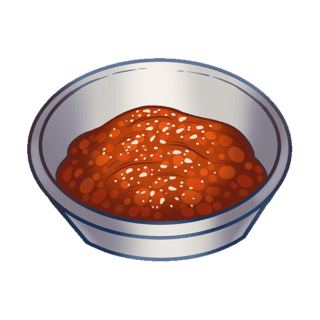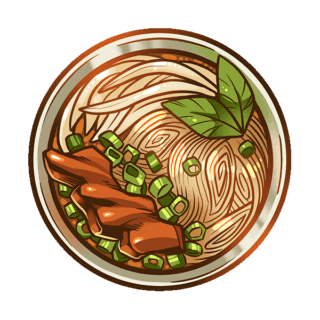Ssamjang
This paste is made from a combination of gochujang and doenjang. Gochujang is the most well-known of Korean sauces in the US, and is made from fermented soy beans and ground chilis. It’s slightly sweet, slightly spicy, tangy, ferment-y, extremely flavorful, and a vibrant purpley-red color. Doenjang on the other side is a lot like the Korean version of miso paste, albeit with a stronger, deeper flavor that makes miso seem more mild in comparison.
With these two jangs as the base, ssamjang is complex and flavorful. Its flavors are further enhanced by other ingredients which can include sesame oil, garlic, ginger, and other spices or aromatics.
There are also special variations of ssamjang that include nuts, seafood, or beans.
Ssamjang is called ssamjang because it’s associated with the dish called ssam. Ssam translated roughly to “wrap,” because that’s exactly what it is: meat and other fillings wrapped in leafy greens, topped with — as if it’s not obvious — ssamjang. So yeah, ssamjang pretty much means “wrapping condiment.” It’s also a popular dipping sauce for Korean barbecue.
You can find ssamjang alongside hundreds of sauces in our condiments aisle.





